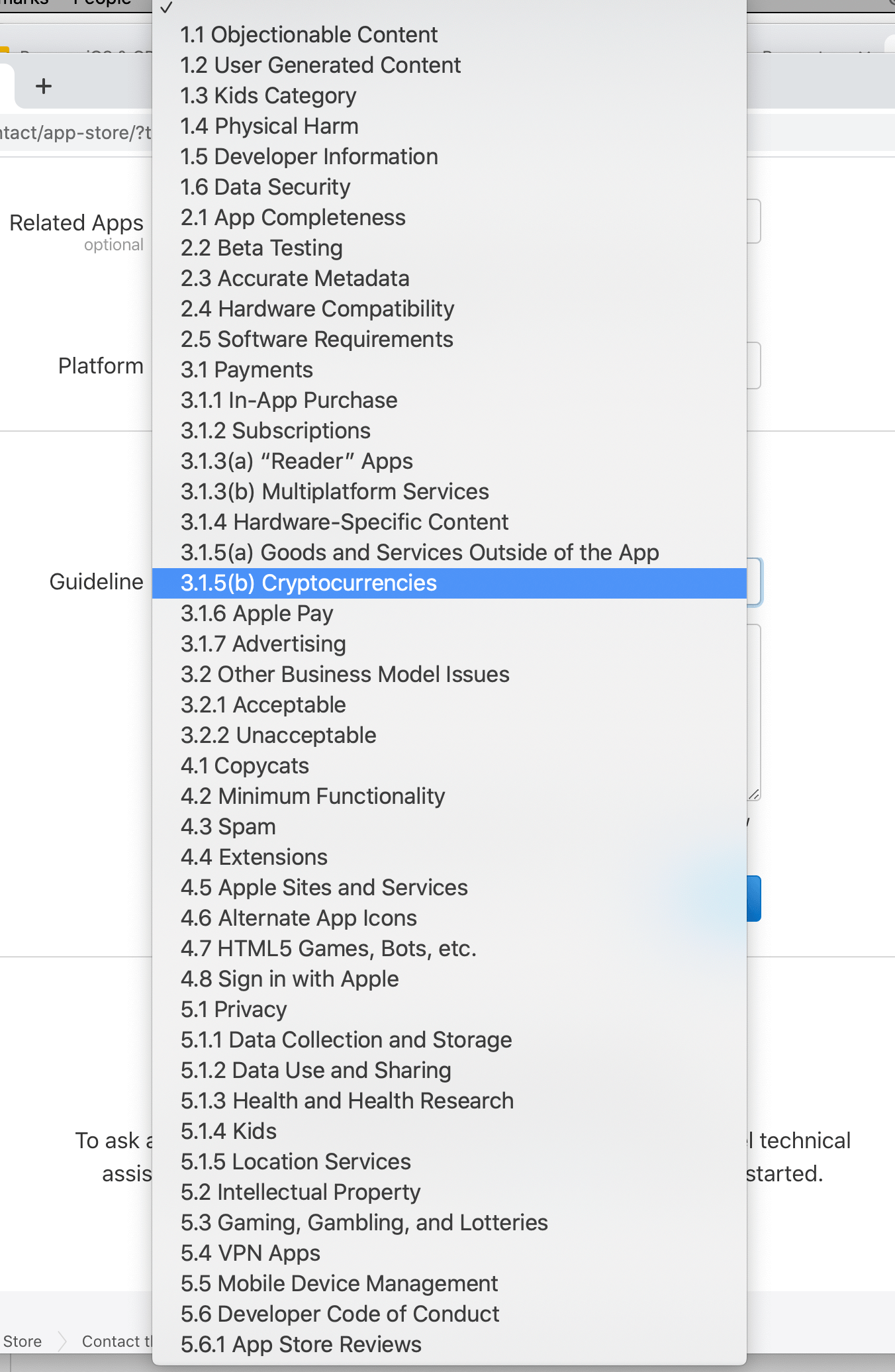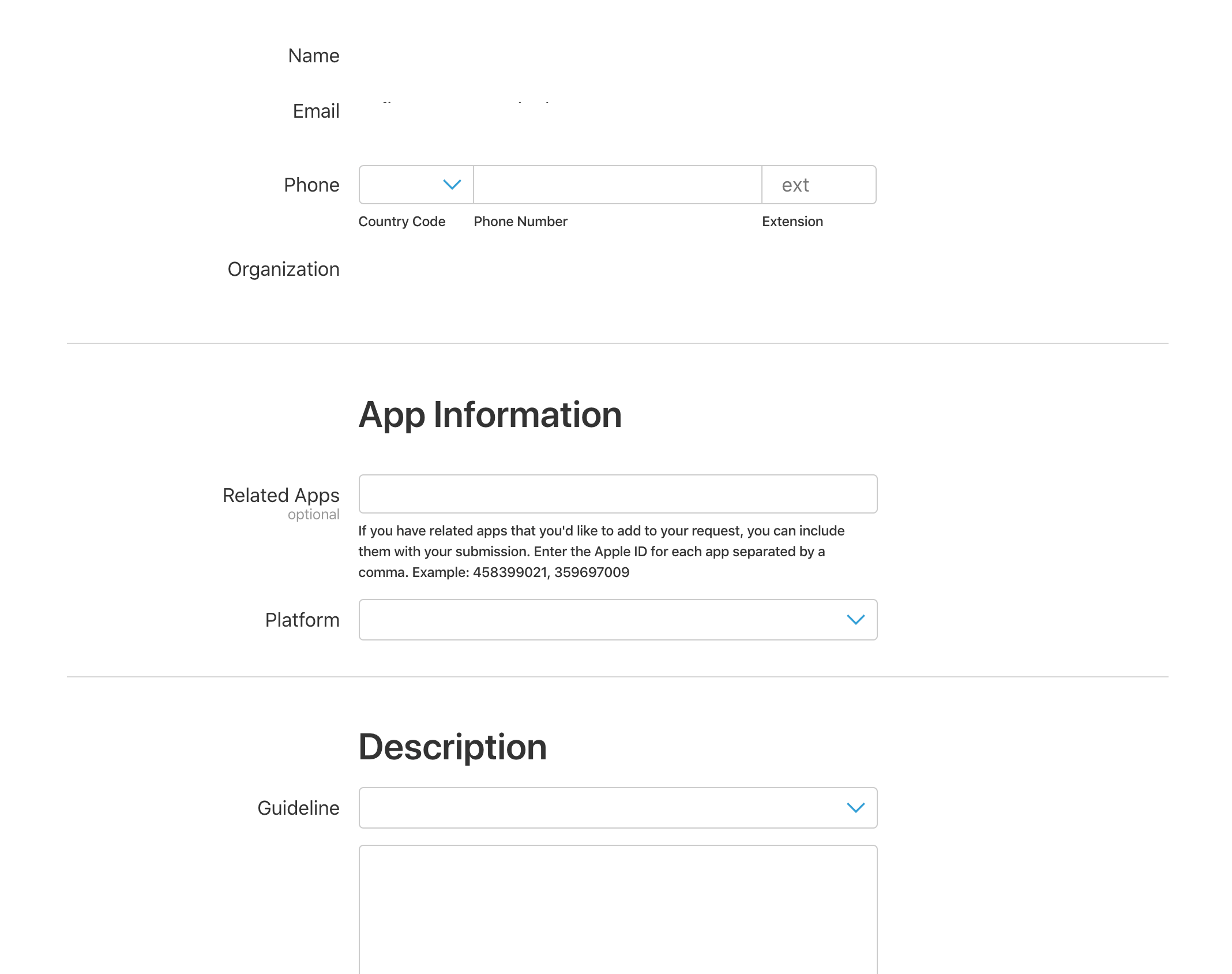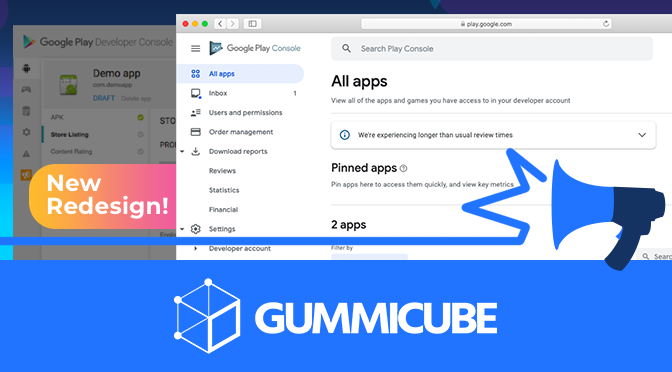
App Store Holiday Schedule 2020
Posted on November 23rd, 2020
When is the App Store Holiday Schedule 2020? Learn about the dates of this year's shutdown and how to prepare.

The App Review process is the final hurdle app developers must overcome before getting their app launched or updated on the App Store. Once it goes through the review process, the app is either set to launch on the store or is rejected and developers must make changes.
At WWDC 2020, Apple announced upcoming changes to the App Review process. Those changes are now live, including options for developers to challenge the App Review Guidelines. How will these changes impact app development and App Store Optimization?
There are often times when an app needs to launch an update to fix a bug. Acting fast can make the difference between maintaining and losing users. Yet if the update reviewer notices a guideline violation, the launch will be delayed and cost the developer valuable time.
With the new review process, bug fixes will no longer be delayed for guideline issues, other than those related to legal issues. Developers will still be required to address the violations in the next submission before they can launch any further updates, but this will at least prevent critical updates from being delayed.
This change is good news for app developers. Bug fixes are often the most important updates to release in a timely manner, due to the impact bugs can have on apps, their usage, and their optimization.
If a bug is not addressed quickly, it can have several negative consequences:
Even if the developer acts quickly, if their submission has something that goes against the App Store Guidelines, they could still be delayed. Now they can provide fixes and patches as quickly as possible, while still being aware of any guideline violations that will need to be fixed before the next update.
While Apple allows app developers to appeal rejections, the guidelines themselves have been more or less set in stone. This may no longer be the case, as Apple is allowing developers to propose changes to the guidelines.
Developers can go to a new Provide Feedback section and select specific sections of the App Store Guidelines. After selecting the guideline section, they can provide specific information such as what they’d like to see changed and why.

The request also includes developer-specific information, including the apps they feel the guideline in question is related to. This could allow for more specific guidance based on the app and its requirements.

There is no word yet on how long it should take to review the suggestions. Regardless, the fact that it is now an option may help give developers a greater say in the review process.
There have been cases when Apple updated the App Store Guidelines with restrictions that have been criticized for attempting to block competing apps. We have seen this recently with restrictions that have prevented cloud gaming apps from being added to the App Store, as well as restrictions on screen time and parental control apps.
Now, developers can challenge these guidelines. If a restriction on features used in parental control apps unfairly restricts developers of those apps, they can challenge that rule and push for change. This can potentially provide developers with more freedom to create and sell apps on the App Store.
At the same time, there will be limits to this. There are undoubtedly some guidelines Apple will not negotiate on, whether for legal reasons or to ensure the company continues to profit.
Regardless of the decision Apple makes for each guideline, being open to feedback is the first step towards change.
Want to learn more about App Store Optimization? Contact Gummicube and we’ll help get your strategy started.

When is the App Store Holiday Schedule 2020? Learn about the dates of this year's shutdown and how to prepare.

Apple's App Store Guidelines have strict privacy requirements. Developers now must provide information to users on the App Store listing regarding the data they access.

The Google Play Developer Console has been updated with a new design and adjusted tools. What's different, and how will it impact App Store Optimization?